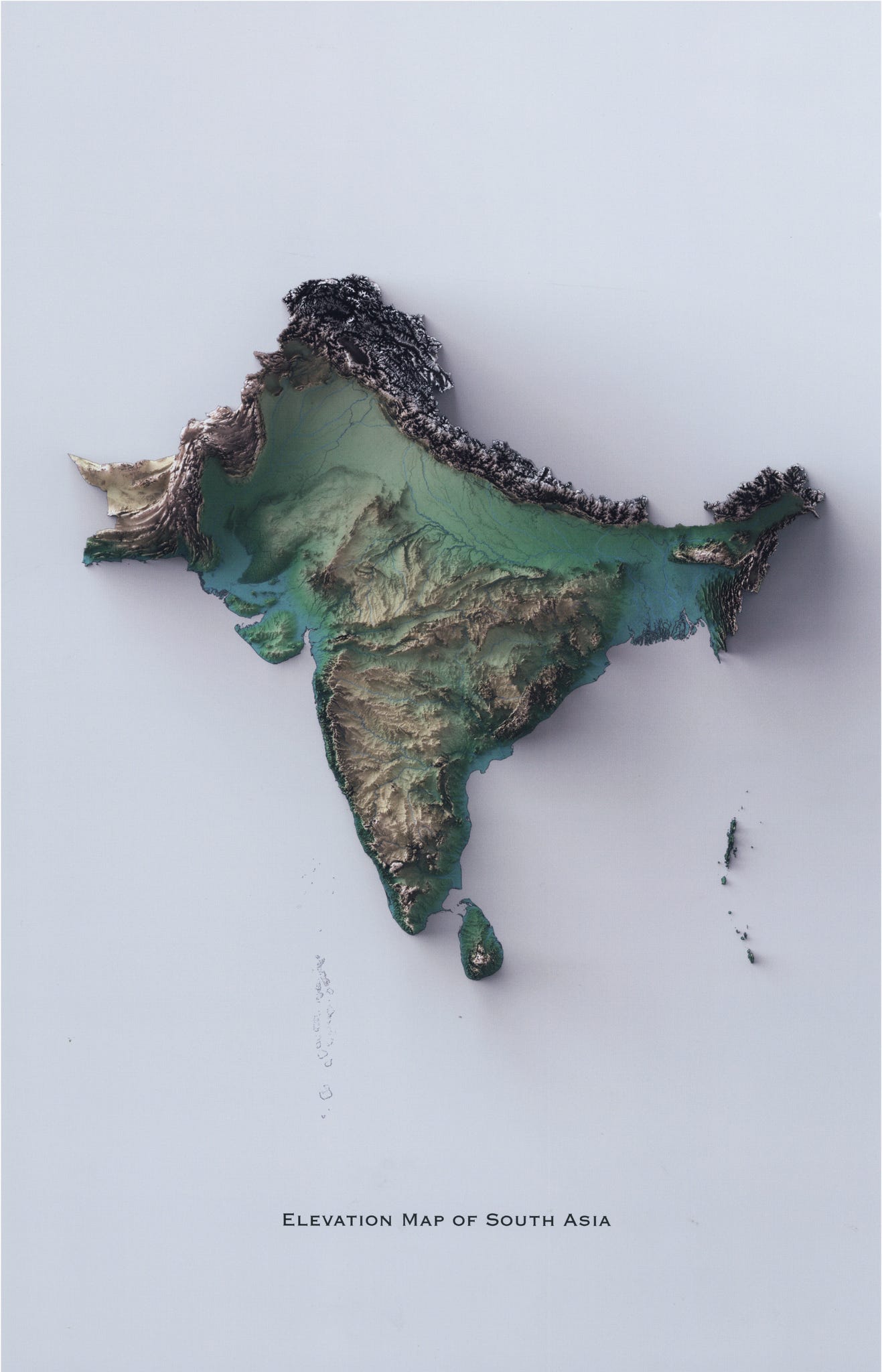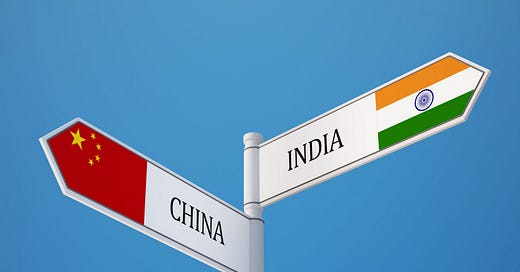Welcome to the Brown History Newsletter. If you’re enjoying this labour of love, please do consider becoming a paid subscriber. Your contribution would help pay the writers and illustrators and support this weekly publication. If you like to submit a writing piece, please send me a pitch by email at brownhistory1947@gmail.com.
Don’t forget to check out our SHOP and our Podcast.

The Geopolitics of Nepal: A Yam Wedged Between Two Boulders
Nepal, located between India and China and surrounded by plateaus to the north, is often compared to a yam wedged between two boulders, leaving it exposed and vulnerable from all other directions. Nepal’s relationship with its neighbours is complicated, to say the least. With a broad dependency on India for trade and security, and on China for aid and development, Nepal finds itself at an unfortunate intersection of brewing geopolitics. Nepal’s close relationship with its most culturally, historically, and politically similar neighbour, India, has often led to India's meddling in Nepalese affairs through mediatory measures involving either Nepali democracy or the reinstatement of a rightful monarch. However, in recent years, after globalization truly connected the tiny Himalayan nation to the rest of the world, influences from neighbours other than India have begun to exert more than just a fleeting impact on Nepal's internal affairs.





